Intended Use
Endo Agar (DM099) is a selective medium recommended for confirmation of the presumptive test for members of the coliform group.
Product Summary and Explanation
The majority of media for Enterobacteriaceae, developed in the early years, utilized either mixtures of bile salts or individual bile salts as selective agents to achieve inhibition of gram-positive species. In 1904, Endo reported the development of a culture medium for the differentiation of lactose fermenters from the non-fermenters in which no bile salts were used(1). Inhibition of gram-positive microorganisms was achieved by the sodium sulfite and basic fu c hsi n contained in the formulation. Endo’s Fuchsin Sulphite Infusion Agar was the original name for this medium(2) , w hi c h i s known today as Endo Agar. It was developed initially in order to facilitate the isolation and identification of the typhoi d bacillus. The original formula has been modified extensively since its introduction. Many modifications of this media have been done over the years. Endo Agar is recommended by APHA as an important medium in the microbiological examination of water and wastewater, dairy products and foods (3-5). Endo Agar is used to confirm the detection and enumeration of coliform bacteria following presumptive test of drinking water. It is also used for the detection and isolation of coliforms and fecal coliforms from milk, dairy products and food.
Principles of the Procedure
The medium contains peptic digest of animal tissue which provides nitrogen, carbon, vitamins and minerals required f o r bacterial growth. The selectivity of Endo Agar is due to the sodium sulfite/basic fuchsin combination, which results in the suppression of gram-positive microorganisms. It is classified as only sli ghtly selective since other media contain more potent inhibitors of the gram-positive microorganisms. Coliforms ferment the lactose, produce pink to rose-red colonies and similar coloration of the medium. The colonies of organisms that do not ferment lactose are colorless to faint colonies against the pink background of the medium. With Escherichia coli , this reaction is very pronounced as the fuchsin crystallizes, exhibiting a permanent greenish metallic luster to the colonies. Medium should be stored away from light to avoid photo-oxidation
Formula / Liter
| Ingredients | : Gms / Litre |
| Peptic digest of animal tissue | : 10.00 |
| Lactose | : 10.00 |
| Dipotassium phosphate | : 3.50 |
| Sodium sulphite | : 2.50 |
| Basic fuchsin | : 0.50 |
| Agar | : 15.00 |
| Final pH: 7.5 ± 0.2 at 25°C | |
| Formula may be adjusted and/or supplemented as required to meet performance specifications | |
Precautions
1. For Laboratory Use only.
2. TOXIC. Harmful if swallowed, inhaled, or absorbed through skin. May cause allergic reaction and breathing difficulties to sensitive individuals. May cause irritation to skin, eyes, and respiratory tract. Possible carcinogen.
Directions
1. Suspend 41.5 g of the medium in one liter of deionised water.
2. Heat to boiling to dissolve the medium completely. Sterilize by autoclaving at 15 lbs pressure (121°C) for 15 minutes.
3. Mix well before pouring into sterile Petri plates.
4. If the solidified culture medium is somewhat too red, then to remove the colour add a few drops (max. 1 ml/litre) of a freshly prepared 10% Sodium sulphite solution and boil.
Quality Control Specifications
| Dehydrated Appearance | : Light pink to purple, homogeneous free flowing powder |
| Prepared Medium | : Orangish pink coloured, clear to slightly opalescent gel with fine precipitate forms in petri-plates |
| Reaction of 4.15% Solution | : pH 7.5 ± 0.2 at 25oC |
| Gel Strength | : Firm, compared to 1.5% Agar Gel. |
Expected Cultural Response: Cultural characteristics observed after an incubation at 35-37°C for 18-24 hours.
| Sr. No. |
Organisms | Results to be achieved | |||
| Inoculum | Growth | Recovery | Colour of Colony | ||
| 1. | Bacillus subtilis ATCC 6633 | >=10³ | Inhibited | 0% | — |
| 2. | Enterobacter aerogenes ATCC 13048 | 50-100 | Good-luxuriant | >=50% | Pink |
| 3. | Enterococcus faecalis ATCC 29212 | 50-100 | None-poor | <=10% | Pink, small |
| 4. | Escherichia coli ATCC 25922 | 50-100 | Good-luxuriant | >=50% | Pink to rose red with metallic sheen |
| 5. | Klebsiella pneumoniae ATCC 13883 | 50-100 | Good-luxuriant | >=50% | Pink, mucoid |
| 6. | Proteus vulgaris ATCC 13315 | 50-100 | Good-luxuriant | >=50% | Colourless to pale pink |
| 7. | Pseudomonas aeruginosa ATCC 27853 | 50-100 | Good-luxuriant | >=50% | Colourless, irregular |
| 8. | Salmonella typhi ATCC 6539 | 50-100 | Good-luxuriant | >=50% | Colourless to pale pink |
| 9. | Shigella sonnei ATCC 25931 | 50-100 | Good-luxuriant | >=50% | Colourless to pale pink |
| 10. | Staphylococcus aureus ATCC 25923 | >=10³ | Inhibited | 0% | — |
| 11. | Enterobacter cloacae ATCC 13047 | 50-100 | Good | 40-50% | Pink |
| 12. | Salmonella typhimurium ATCC 14028 | 50-100 | Good-luxuriant | >=50% | Colourless |
| 13. | Salmonella enteritidis ATCC 13076 | 50-100 | Good-luxuriant | >=50% | Colourless |
| 14. | Shigella flexneri ATCC 12022 | 50-100 | Good-luxuriant | >=50% | Colourless |
The organisms listed are the minimum that should be used for quality control testing.
Test Procedure
1. Use standard procedures to obtain isolated colonies from specimens.
2. A nonselective medium should also be streaked to increase the chance of recovery when the population of gram negative organisms is low and to provide an indication of other organisms present in the specimen.
3. Incubate plates, protected from light, at 35 ± 2°C for 18-24 hours.
4. If negative after 24 hours, reincubate an additional 24 hours.
Results
Following incubation, examine the plates for presence of colored colonies. All colonies that are pink and have the characteristic metallic sheen are considered coliforms. The sheen may cover the entire colony, may only be in the center or may appear only around the edges.
Storage
Store the sealed bottle containing the dehydrated medium at 10 – 30°C. Once opened and recapped, place container in a low humidity environment at the same storage temperature. Protect from moisture and light.
Expiration
Refer to the expiration date stamped on the container. The dehydrated medium should be discarded if not free flowing, or if the appearance has changed from the original color. Expiry applies to medium in its intact container when stored as directed.
Limitations of the Procedure
1. If the inoculum is too heavy, the sheen may be suppressed.
2. Occasionally, non-coliform organisms may produce typical sheen colonies. Coliform organisms may also occasionally produce atypical colonies, including dark red or nucleated colonies without sheen.

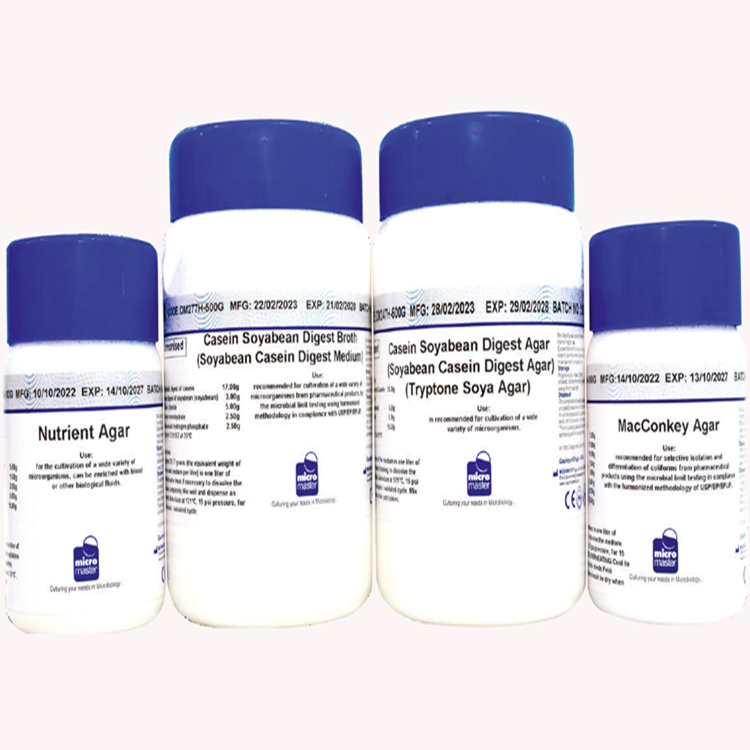




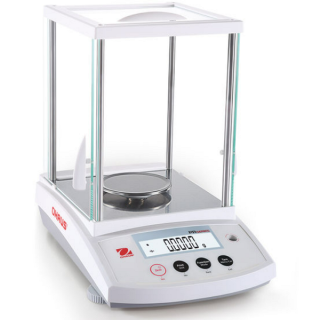
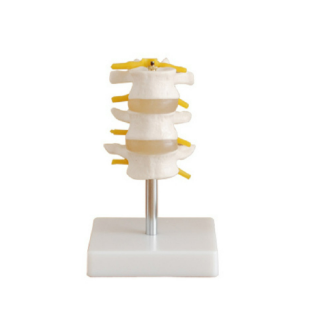
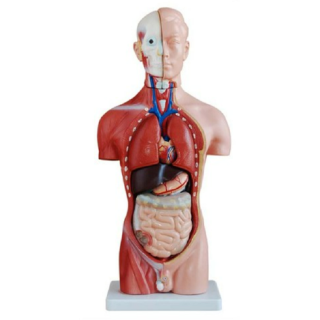
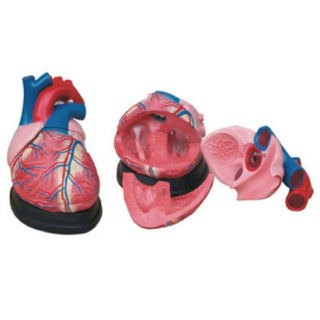
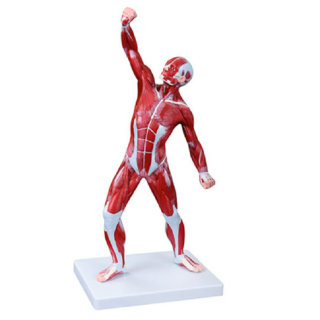

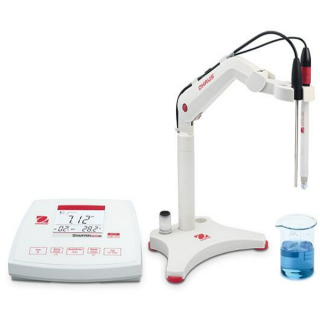
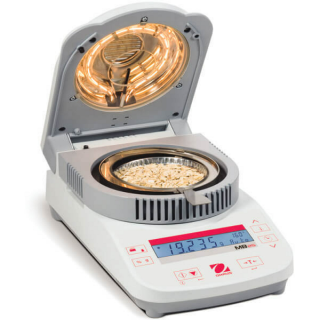
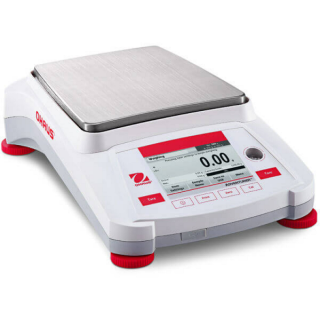
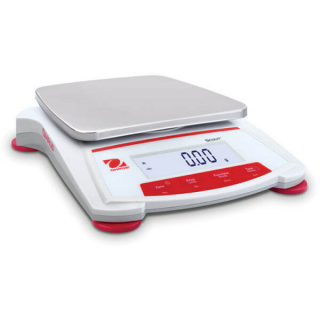
Reviews
There are no reviews yet.